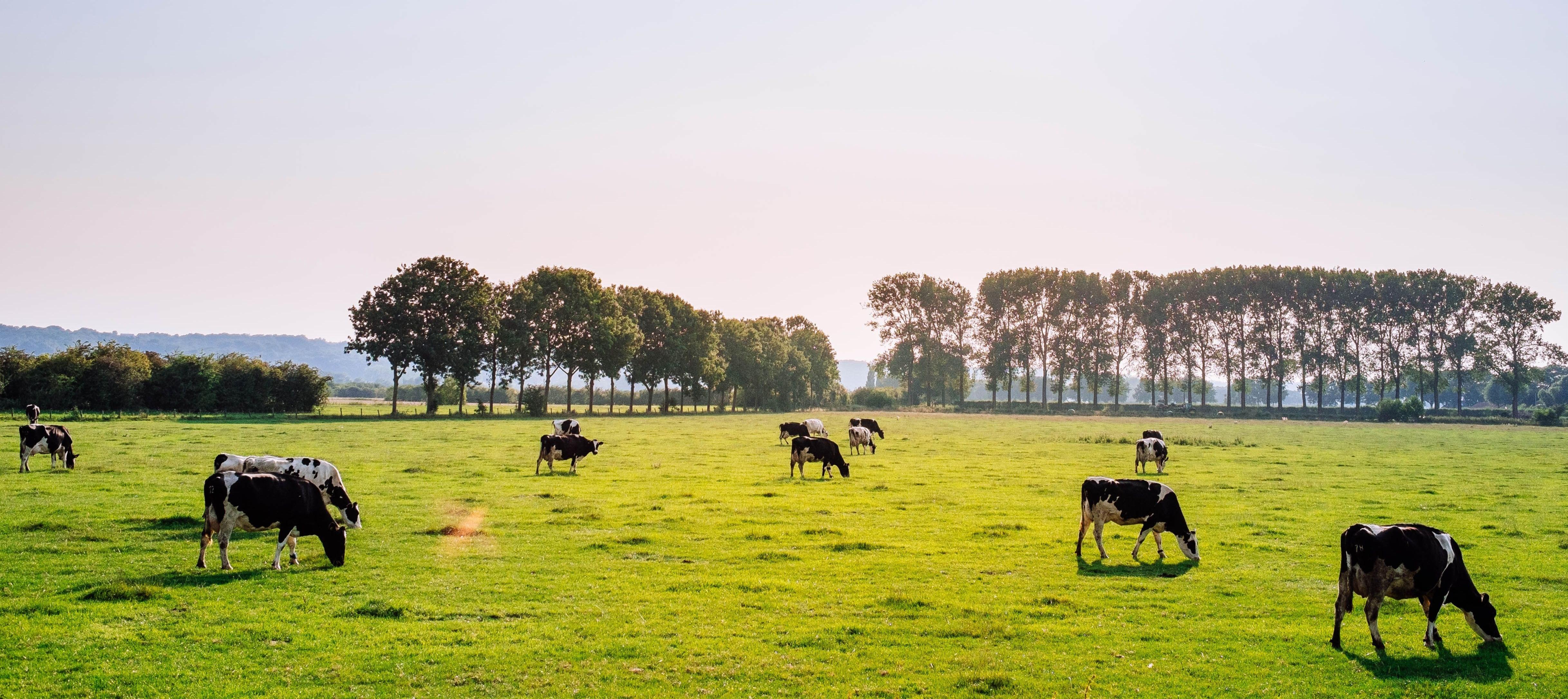
MINIMIZING FERTILIZER EXPENSES
University budgets reveal that fertilizer usually accounts for 40 percent or more of the cost of producing forage, and N alone can account for 20 to 40 percent of the cost of producing grass forages. The extent to which a livestock producer is able to minimize fertilizer expenses may mean the difference between profit and no profit. Here are some approaches that may be helpful.
Soil Testing – Applying fertilizer without having taken a soil test amounts to guessing how much fertilizer is needed. Applying too much fertilizer is a waste of money; applying too little will result in less-than-optimum forage production. Soil test recommendations are based on the assumption that the forage produced will be used. Liming recommendations should also be followed because fertilizer nutrients are less available when soil pH is low.
Use Legumes– A great way to lower N fertilizer costs is to grow forage legumes. Many legume species such as clovers work best in a mixture with forage grasses. In association with Rhizobium bacteria, clovers and other legumes obtain N from air in the soil and “fix” it in a form usable by plants. The N accumulates in small nodules (knots) that form on the legume roots. The amount of N fixed varies, but for annual legumes, white clovers, and red clover the amounts (lb/acre/year) are generally within the ranges of 50-150, 75-150, and 75-200, respectively.
Legumes also offer other important advantages. A legume/grass mixture will often produce more dry matter per acre than grass alone, particularly as compared to grass receiving little or no N fertilizer. The distribution of forage growth in pastures may also be more favorable, thus helping reduce the need for stored feed. Most importantly, forage legumes offer better forage quality on average than grasses, which usually sharply increases animal gains and may enhance livestock reproductive rates.
Use Broiler Litter or Other Organic Materials– Many livestock producers in the Deep South are taking advantage of this relatively abundant source of organic fertilizer. On the average, a ton of fresh broiler litter will contain roughly a total of around 60-60-40 pounds of N-P2O5-K2O. If one had to purchase these nutrients, they would be worth $60 or more at today’s prices. Other municipal, industrial, and agricultural organic wastes may also be available.
The feasibility of using organic waste materials depends on two factors. First, is the value of the nutrients in the material high enough to justify the cost of obtaining and applying it? To answer this question requires knowing the level of nutrients in the material as well as how much will actually become available to plants. The second factor is whether the material contains any pathogens, heavy metals, or other undesirable components that could be harmful to animals, humans, or to the soil. If these factors are not a problem, then using a waste material as a soil amendment may be quite justifiable.
Prioritize Fertilizer Application– Some areas have a higher yield potential than others. For example, a rich, deep bottomland pasture may be much more productive than an eroded, thin hillside. In the bottom there will probably be better moisture and nutrient availability during the growing season, and roots can penetrate deeply. The first priority should be on providing nutrients in areas that have the potential to be most productive.
Shop Around- The cost of applying a given quantity of nutrients can vary considerably. Some fertilizer dealers are able to sell fertilizer at a lower cost than others. Also, some formulations of fertilizer may cost $0.10 per pound less than another formulation from the same dealer.
Timing Of Fertilizer Applications– Fertilizer applications should be timed such that pasture forage will be available when it is most valuable. For example, on a lightly-stocked farm on which tall fescue is the dominant forage, there may be excess forage available in spring. In such a situation, fertilizer dollars would result in more valuable forage production if used to apply fertilizer in autumn to stimulate autumn grazing or to stockpile fescue forage to help reduce hay requirements.
Grazing Management– Utilization of pasture forage is greatly affected by grazing method. In fact, research has shown that in many poorly-managed, continuously-grazed pastures, less than half the forage produced ends up being consumed by livestock. On the other hand, with controlled grazing management, the percent of utilization of the forage produced may be 20 to 30% higher. This is the same result that would occur if 20 to 30% more fertilizer was applied.
Monitor And Manage Nutrient Flows- About 80% of the nutrients consumed by livestock are excreted in the form of urine and dung. Recycled nutrients can make a huge contribution to soil fertility and forage production, especially if an effort is made to encourage livestock to more evenly distribute these recycled nutrients. Ways to do this include rotational stocking, and thoughtful placement of mineral feeders, water, and hay in pastures. Hay or other feed brought in from outside a farm also constitute a nutrient flow onto the farm.
__________________
Foraging Ahead is a column presented by Ragan & Massey and written by Dr. Don Ball, Professor Emeritus at Auburn University. Dr. Ball is one of the authors of the popular book “Southern Forages” available here.